Rising Environmental Regulations
The Robotic Waste Sorting Market is influenced by increasing environmental regulations aimed at reducing waste and promoting recycling. Governments are implementing stricter policies to manage waste effectively, which necessitates the adoption of advanced sorting technologies. These regulations often require waste management facilities to enhance their sorting capabilities, thereby creating a demand for robotic solutions. The market is likely to benefit from these regulatory frameworks, as they encourage investment in innovative technologies that can meet compliance standards. As a result, the integration of robotic systems in waste sorting is expected to rise, aligning with sustainability goals.
Technological Innovations in Robotics
Technological innovations in robotics are a key driver for the Robotic Waste Sorting Market. Continuous advancements in machine learning, computer vision, and sensor technologies are enhancing the capabilities of robotic sorting systems. These innovations allow robots to identify and sort various materials with greater accuracy and speed, thereby improving operational efficiency. The market is witnessing the introduction of more sophisticated robotic solutions that can adapt to different waste streams, which is likely to attract investment and drive growth. As technology evolves, the potential for robotic systems to revolutionize waste sorting processes becomes increasingly apparent.
Economic Incentives for Waste Reduction
Economic incentives aimed at waste reduction are significantly influencing the Robotic Waste Sorting Market. Governments and organizations are recognizing the financial benefits of reducing waste and increasing recycling rates. Incentives such as tax breaks, grants, and subsidies for adopting advanced waste management technologies are encouraging the implementation of robotic sorting systems. This trend suggests that the market could expand as more entities seek to capitalize on these economic advantages. By investing in robotic waste sorting, companies can not only comply with regulations but also achieve cost savings and operational efficiencies.
Increased Automation in Waste Management
The Robotic Waste Sorting Market is experiencing a surge in automation, driven by advancements in robotics and artificial intelligence. Automation enhances efficiency in waste sorting processes, reducing human error and labor costs. As municipalities and waste management companies seek to optimize operations, the adoption of robotic systems is becoming more prevalent. According to recent data, the market for waste management automation is projected to grow significantly, with robotic sorting systems expected to account for a substantial share. This trend indicates a shift towards more technologically advanced solutions, which could lead to improved recycling rates and reduced landfill waste.
Growing Public Awareness of Waste Management
Public awareness regarding waste management and recycling is on the rise, significantly impacting the Robotic Waste Sorting Market. As communities become more conscious of environmental issues, there is an increasing demand for efficient waste sorting solutions. This heightened awareness drives municipalities and private companies to invest in robotic sorting technologies that can enhance recycling rates and reduce contamination in recyclable materials. The market is likely to see growth as stakeholders recognize the importance of adopting advanced sorting systems to meet public expectations and improve overall waste management practices.

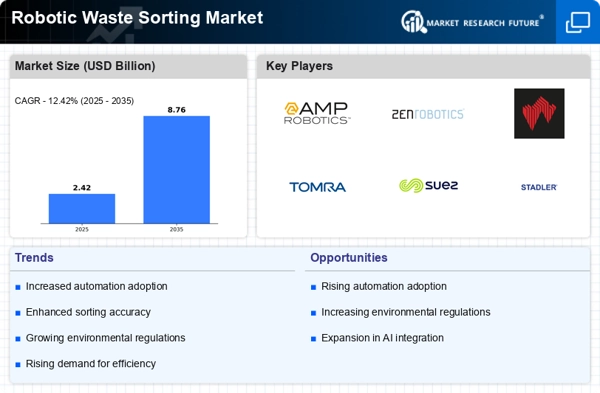
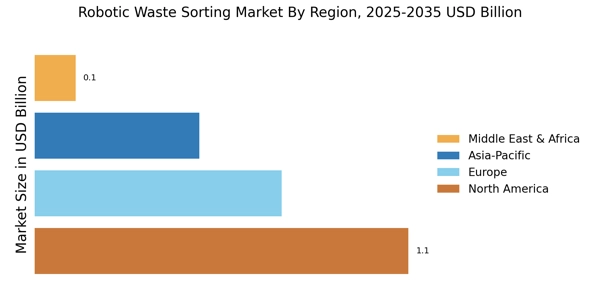
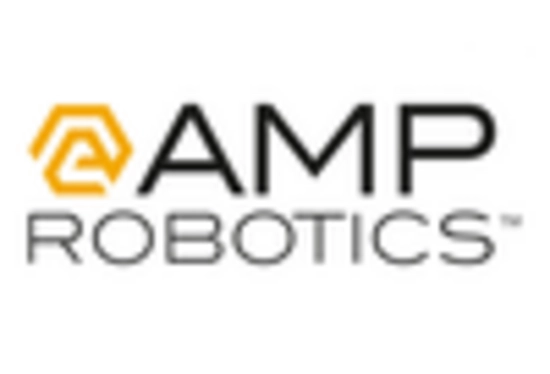
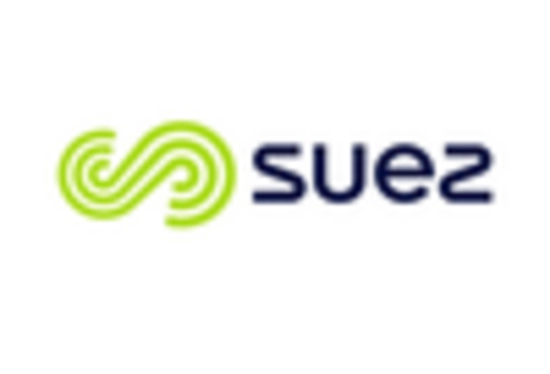
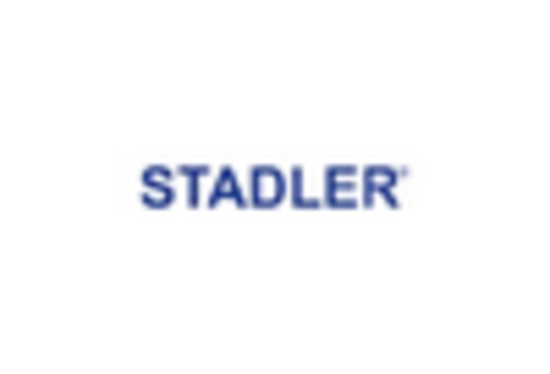
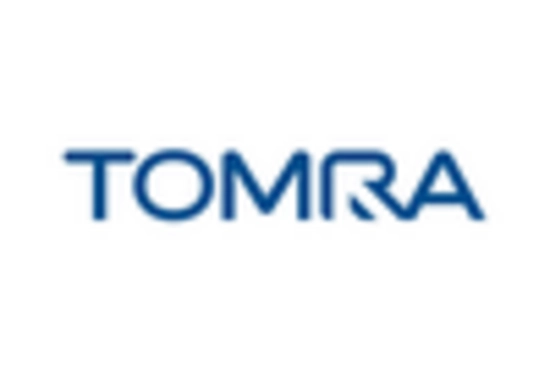










Leave a Comment